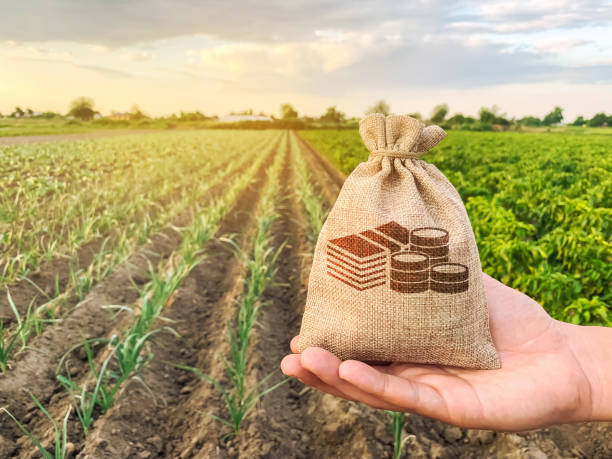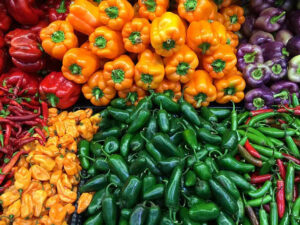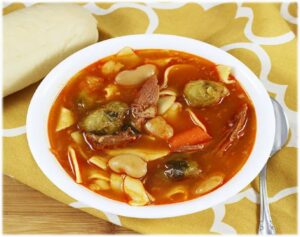Agricultural subsidies have been a contentious issue in global trade and economics for decades. These subsidies are payments or other types of assistance provided to farmers by governments to encourage agricultural production, maintain stable food supplies, and support rural communities. In this article, we will explore the history of agricultural subsidies, their impact on the global economy, and their evolution over time.
The history of agricultural subsidies can be traced back to the early 20th century when many countries, including the United States, began providing assistance to farmers in the form of price supports and direct payments. These subsidies were intended to provide financial support to farmers during periods of low crop prices, market instability, and natural disasters.
During the Great Depression of the 1930s, agricultural subsidies became more widespread as governments sought to stabilize prices and prevent widespread farm foreclosures. In the United States, the Agricultural Adjustment Act of 1933 provided subsidies to farmers who agreed to reduce their crop production, a policy known as “planned scarcity.” This policy was controversial and led to protests by farmers who felt they were being unfairly penalized.

Following World War II, many countries continued to provide agricultural subsidies as a way of supporting rural economies and maintaining food security. In the United States, the government expanded its farm subsidy programs, providing direct payments to farmers for certain crops and price supports for others.
In the 1980s and 1990s, the issue of agricultural subsidies became a major topic in international trade negotiations. Developing countries argued that the subsidies provided by developed countries like the United States and the European Union were distorting global agricultural markets and preventing them from competing fairly. In response, the World Trade Organization (WTO) began negotiations to reduce agricultural subsidies and increase market access for developing countries.
Despite these efforts, agricultural subsidies remain a controversial issue today. Critics argue that subsidies provide an unfair advantage to large agribusinesses, distort global markets, and encourage overproduction of certain crops, leading to environmental degradation and excess food waste. Proponents of agricultural subsidies, on the other hand, argue that they are necessary to maintain food security and support rural economies.

In recent years, some countries have begun to shift away from traditional agricultural subsidies and towards more targeted assistance programs, such as programs to encourage conservation practices and sustainable agriculture. These programs aim to support farmers while also promoting environmental sustainability and addressing other social and economic issues.
The history of agricultural subsidies is complex and has evolved over time in response to changing economic and political conditions. While these subsidies have been a key part of agricultural policy in many countries, they remain a controversial issue today, with ongoing debates about their impact on global markets, rural economies, and the environment. As agriculture continues to face new challenges, it will be important to continue exploring new and innovative approaches to support farmers while also addressing broader social and environmental concerns.












